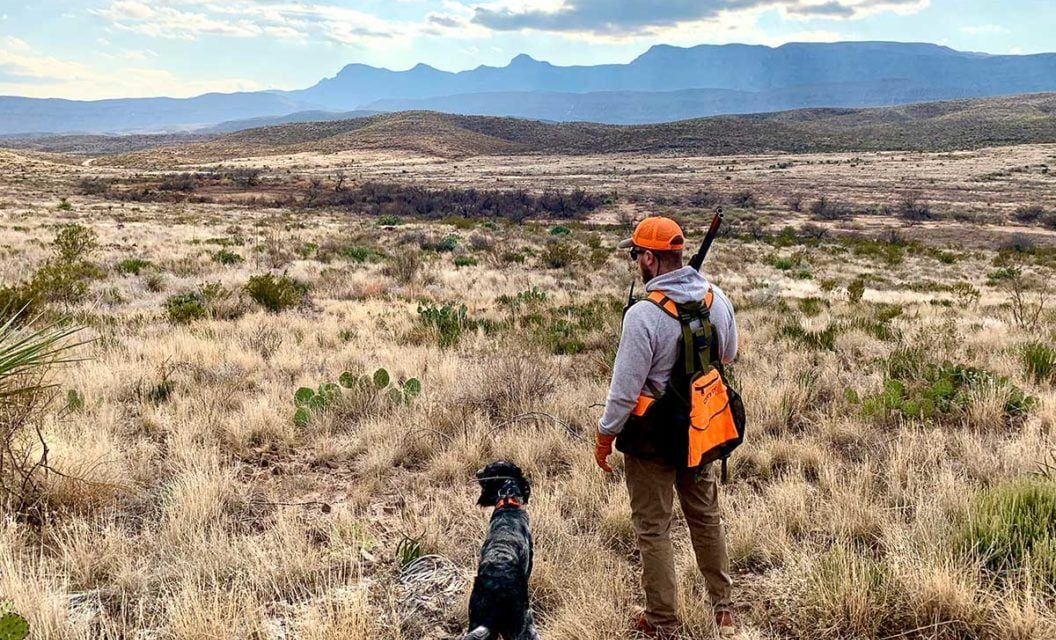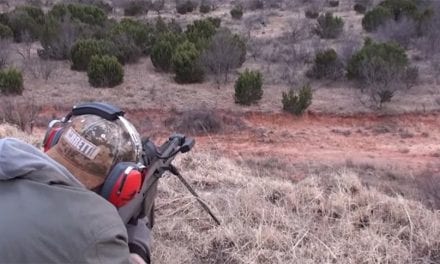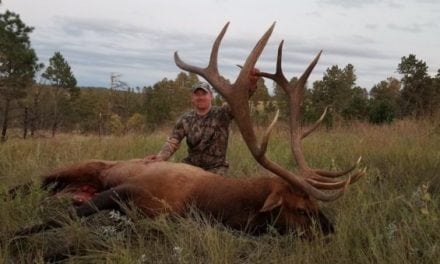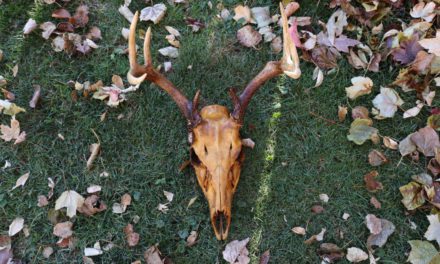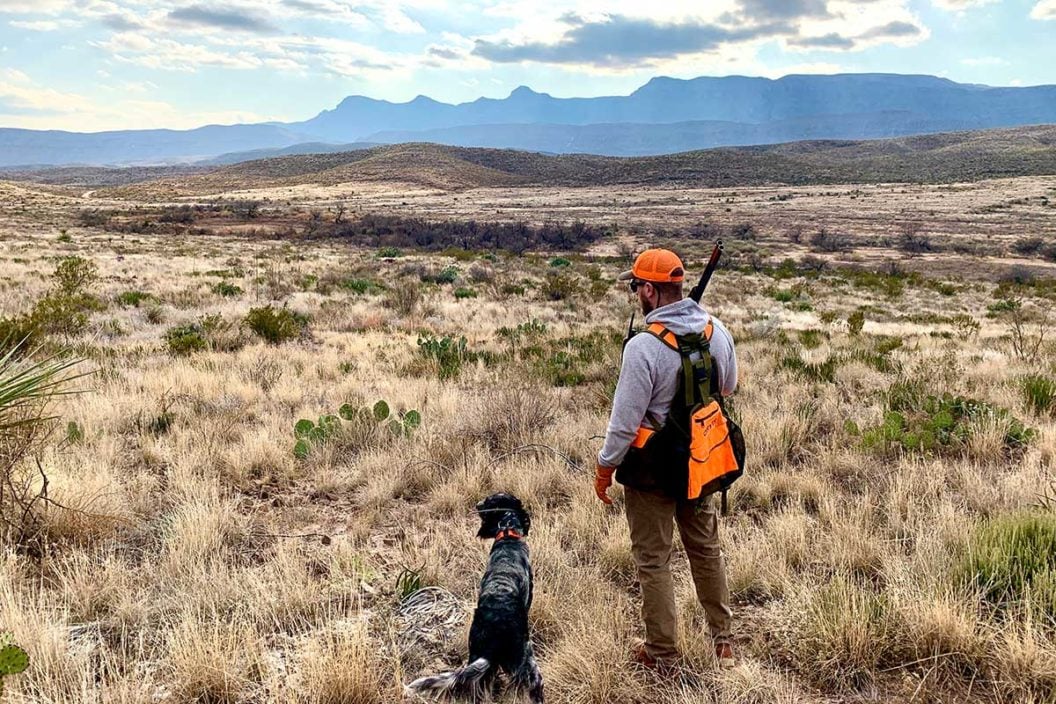
Quail hunting is great for the beginner because it builds skill, confidence, and an interest in hunting other game animals. It can be shared and enjoyed with novice hunters and seasoned veterans alike, making for a great style that brings people of different levels together. Quail hunting usually happens during mild temperatures in many parts of the states, further making it a pleasant hunting experience. There are two ways to do it: do-it-yourself hunts and booked hunts with outfitters that typically offer hunting on quail preserves. We’ll share some reasons why going with an outfitter outweighs a DIY experience, especially for your first few quail hunts.
Choosing Between DIY and Outfitter Quail Hunts
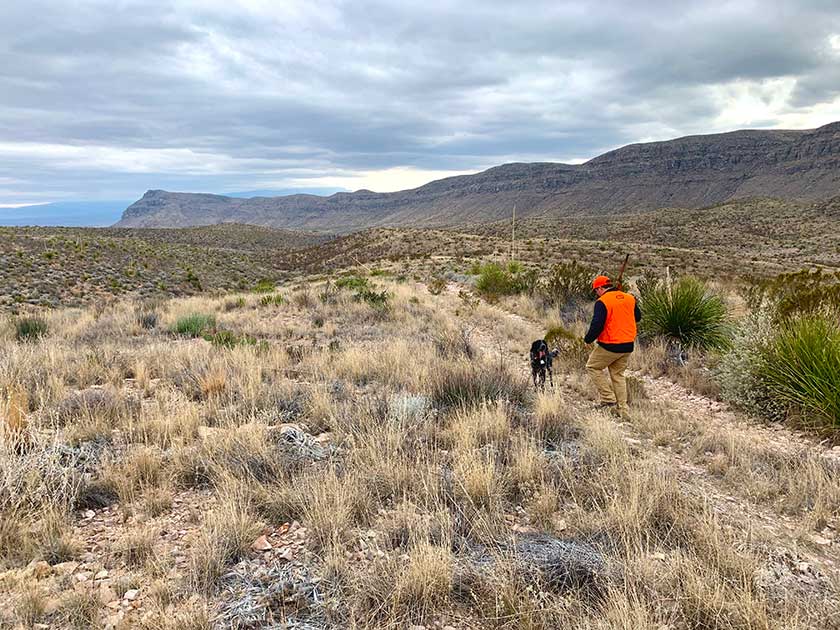
While both are great choices, a guided hunt is always going to be a better choice for a brand new hunter. If you are able to spend more time focusing on the actual hunt rather than having to scout property, gain access, and supply all the gear, you’re going to have an advantage. DIY hunts can be cost-effective, but if travel and lodging are required, time and money need to be factored in. Public land can be particularly competitive, so don’t be discouraged if your first hunt turns out a dud!
A guide and a sporting dog are ideal for a successful venture, and a sporting dog will significantly enhance the quail hunt experience. Since quail are scarce in most areas of the country, outfitter hunts have become extremely popular. For new hunters, it comes down to basic math: quality outfitters easily provide more shot opportunities than a DIY hunt, which ultimately means more fun.
At the end of the hunt, outfitters are almost always more than happy to clean and package birds for your trip home, so you can see how that process is done and make mental notes for when you eventually do it yourself.
Required Gear for Quail Hunting
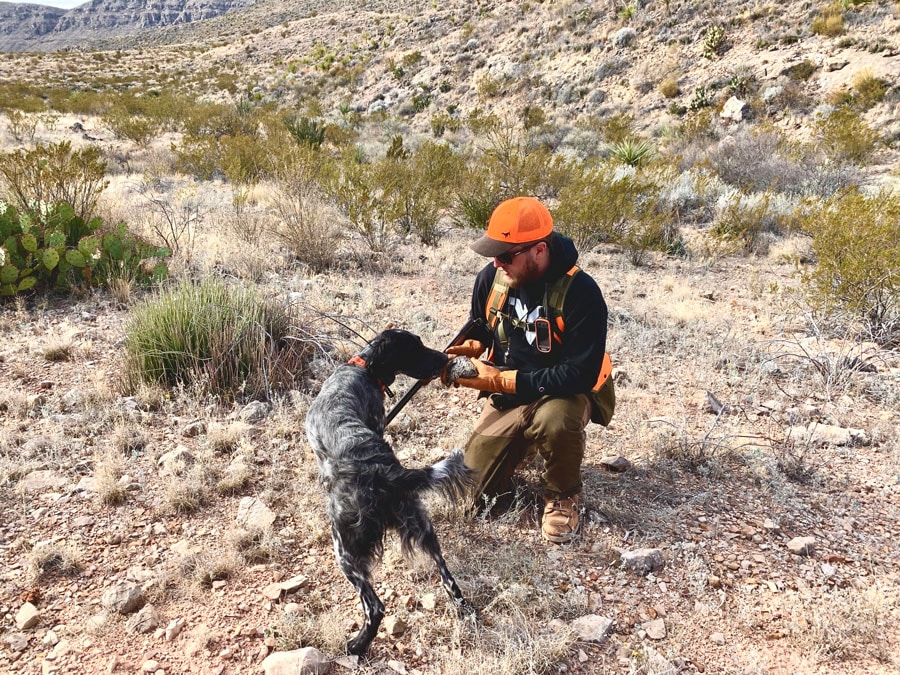
Besides a few necessities, quail hunting doesn’t require costly specialized gear and equipment, and most will almost surely be provided by an outfitter. Make sure you acquire the necessary license or permit, and read up on the rules and laws for the area you’re hunting in. Besides that, quail hunting requires the usual stuff: quality clothing, footwear, blaze orange, hearing protection, safety glasses, and a bag or vest for spent shells and downed quail. Pick up a quality semi-automatic, pump, or over and under shotgun in .410 to 12 gauge with a choke. As far as ammo goes, shot sizes 6, 7, 7.5, or 8 in 2-3/4″ are suitable for harvesting quail.
Most quail hunts take place in the early to mid-morning and late afternoons. If you’re with an outfitter and dogs, the guides will let the dogs out first to search the fields for quail, one of the thrilling parts of participating. Watching bird dogs do their thing can be incredibly fun. The guide and hunters will usually walk through the quail habitat at a slow pace in a lateral line. Each hunter in the line has a designated shooting zone depending on where they are in that line-up and how many hunters are in that line.
Quail will hide under cover on the ground and tall weeds, obviously making them hard to see. The walk continues until the quail is located, and the dogs are on point on a quail. Then the opportunities starts with a flushing of the quail, either by a dog, guide, or hunter. Once the quail is flushed and rises above the ground, hunters can shoot. Practice good safety and common sense, but also be ready for a follow-up shot. It happens fast at first, but you’ll get better and quicker yourself with each shot.
Quail Hunting Safety and Ethics
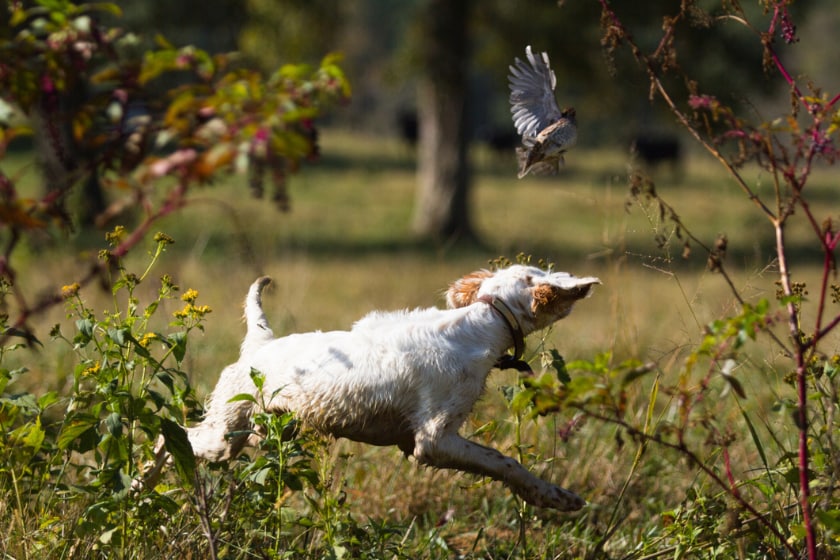
Safety is essential when hunting in a group, so make sure to keep the muzzle of your firearm in a safe direction (which should be the case for any hunt you go on), and be mindful of where other shooters in your group are. For extra safety, discuss where you’ll be taking shots from and make sure to stay behind that line if you’re not up for a shot yourself.
If you’re new to quail hunting, try not to shoot any further away than a 40 or 50 yard shot. This is about as far as you want to go for ethical yardage. Make sure to keep your line straight while shooting, and never shoot quail behind you or swing over another shooter’s head.
As far as the gun itself goes, make sure to always unload your shotgun completely–facing a safe direction of course–before putting it away in its case or entering a vehicle. As with any hunting expedition, make sure to leave the area cleaner than you found it; pick up any spent shotgun shells, carry them out, and dispose of them properly.
Watching sporting dogs work a field and lock up on a covey of quail, the excitement of the quail flushing, the ringing out of the shot, and the smell of spent shotgun shells is something a first-time quail hunter will never forget.
READ MORE: The 5 Best Quail Hunting Guns You Can Buy
The post Plan a Quail Hunt With an Outfitter First, Then a DIY Trip Second appeared first on Wide Open Spaces.

